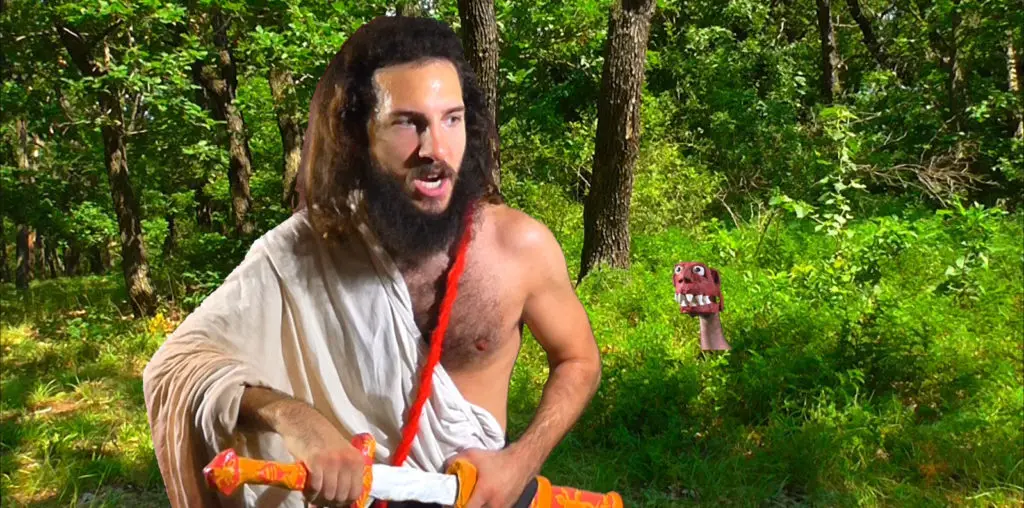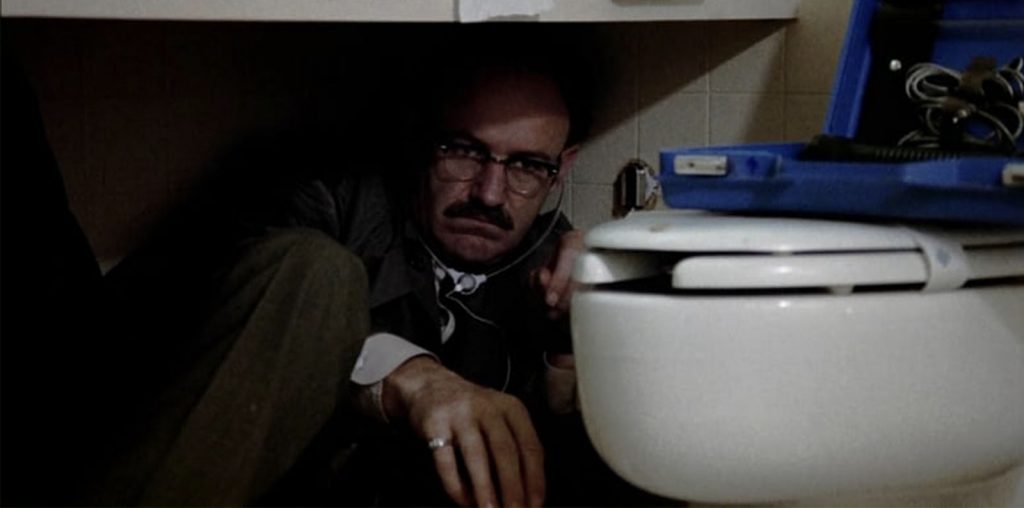
In a world of $100-million-plus productions from the Hollywood franchise factory, it can be a refreshing breath of fresh air to see a film produced on a shoestring and a prayer from people intensely committed to their project. A case in point is “Kaaterskill Falls,” a labor of love from Josh Apter and Peter Olsen. Acting as their own crew, the pair put the film together in 13 shooting days for little money. It has since been nominated for an Independent Spirit award and has received critical acclaim at the Los Angeles Film Festival. That said, the film has certain issues which prevent it from achieving greatness.
There is a lot to like in “Kaaterskill Falls.” The characters are engaging and believable even when events stretch the envelope of realistic behavior. The scenery around the real Kaaterskill Falls in upstate New York is a beautiful setting. The direction involves the viewer into the conversation as a voyeur hovering behind the characters. Undercurrents of sexual tension, jealousy, and the pitfalls of relationships are palpable throughout the film. In these areas the film succeeds.
However, a few unfortunate choices mar what would otherwise call for an enthusiastically positive review. The first problem involves the script, or rather the lack of one. Too many films rely on special effects and eye candy while ignoring the script, which is the single cheapest ingredient that can make or break the film. For a film without the budget for such effects, the story becomes all and the script becomes even more important.
But “Kaaterskill Falls” was shot without one. Using a rough outline inspired by Roman Polanski’s “Knife in the Water,” Apter and Olsen let the actors run to improv their characters, dialogue, and even the direction of the story to some extent. I don’t mean to state that I’m an enemy of improvisation. Truly this method can come up with gems to improve the film or open new avenues for exploration. But it seems irresponsible not to at least have a script to work from, and I felt the flow of the story suffered as a result. The first hour of this 86 minute film seems to drag on due to a lack of focus in propelling the story.
Let’s talk about this story for a moment. It seems hardly the genre dying to be explored by sensitive independent filmmakers: a married couple pick up a hitchhiker on the road and the trouble begins. I can think of a dozen films with this premise, and almost all of them end up as late night cable fare. The exposition of breasts usually takes precedence over the exposition of story. Not so here, but the film still comes off as an unholy alliance between an auteur’s vision and a late night Skin-a-max flick.
The auteurs’ vision part of the equation comes in large part from the editing, which makes some adventurous and yet confusing choices. Frames are skipped seemingly without reason, leading to an uncomfortable feeling that the viewer is missing pieces of information. Other times you hear someone speaking, but the camera reveals that same character standing silent during their dialogue. I’ve spent days trying to figure it out. Is it a fruitless search for meaning, or is that merely the impression the director wanted us to have? Does it serve only to exacerbate the strained relationships between the characters? Frankly, I’m not sure.
If the filmmakers wanted us to feel uncomfortable throughout the feature they succeeded, but I’m not sure why this choice was made. Perhaps the search to answer these questions was the ultimate goal, but I came away more frustrated than enlightened in the end. To be fair, I must say I came away from last year’s “Mulholland Drive” feeling much the same way, yet others were far more impressed. I’d go out on a limb and say that if you liked David Lynch’s latest Oscar nominated effort, you will like “Kaaterskill Falls” as well. The former film is obviously the better of the two, but there are similarities (involving the search for meaning, or lack thereof) between them. But with a film made for less than $10,000, maybe we can’t ask for more.

